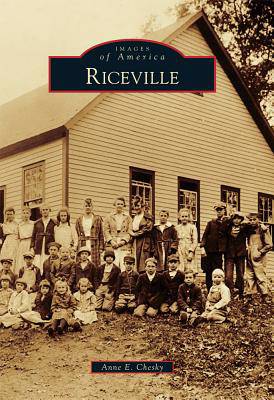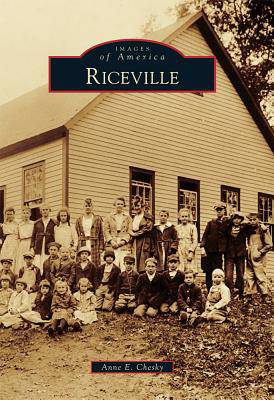
- Afhalen na 1 uur in een winkel met voorraad
- Gratis thuislevering in België vanaf € 30
- Ruim aanbod met 7 miljoen producten
- Afhalen na 1 uur in een winkel met voorraad
- Gratis thuislevering in België vanaf € 30
- Ruim aanbod met 7 miljoen producten
Zoeken
Omschrijving
Bull Creek Valley was traditionally a hunting ground and, possibly, a temporary settlement for ancestors of the Cherokee. Before the turn of the 19th century, however, it became known as Riceville after the first white settler, Joseph Marion Rice, and his wife, Margaret, built the area's first homestead. Rice, well known for allegedly shooting the area's last buffalo in 1799, put Riceville on the map by opening a stock stand for drovers bringing their animals over the mountain to sell in South Carolina markets. After Rice arrived, more families began to settle in this beautiful valley; their names describe current locations, such as Jones Cove, Shope Creek, Dillingham Circle, Reed Road, and Parker Road. Riceville soon became the center of a thriving community with two schools, several churches, a handful of stores, and two post offices. Today, Riceville is known for its natural beauty--large rolling expanses of farmland and undeveloped tracts of forest.
Specificaties
Betrokkenen
- Auteur(s):
- Uitgeverij:
Inhoud
- Aantal bladzijden:
- 128
- Taal:
- Engels
- Reeks:
Eigenschappen
- Productcode (EAN):
- 9780738587912
- Verschijningsdatum:
- 12/09/2011
- Uitvoering:
- Paperback
- Formaat:
- Trade paperback (VS)
- Afmetingen:
- 167 mm x 234 mm
- Gewicht:
- 308 g

Alleen bij Standaard Boekhandel
+ 69 punten op je klantenkaart van Standaard Boekhandel
Beoordelingen
We publiceren alleen reviews die voldoen aan de voorwaarden voor reviews. Bekijk onze voorwaarden voor reviews.











